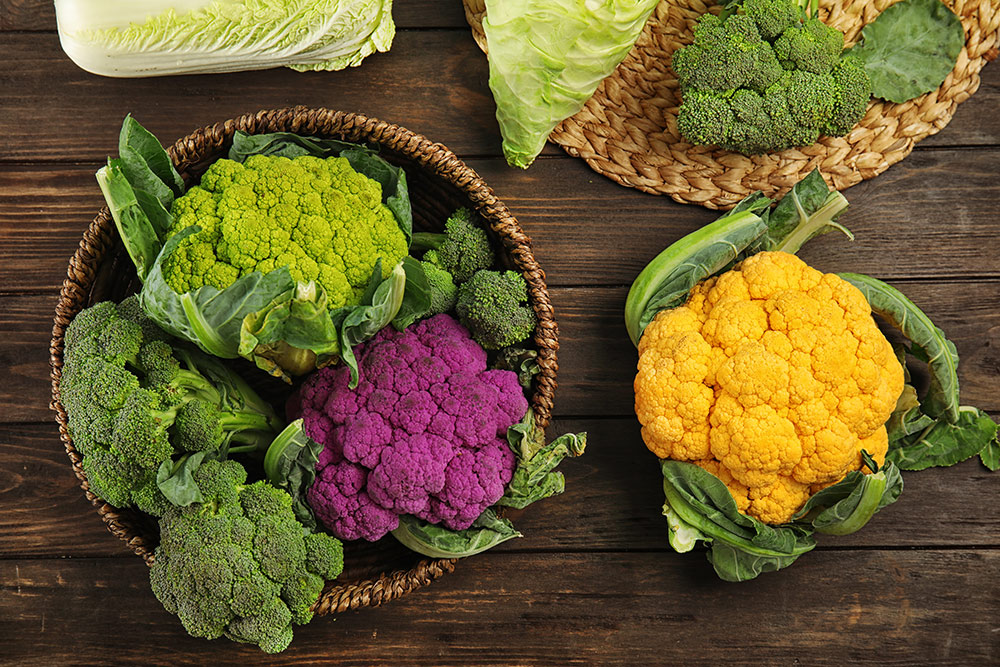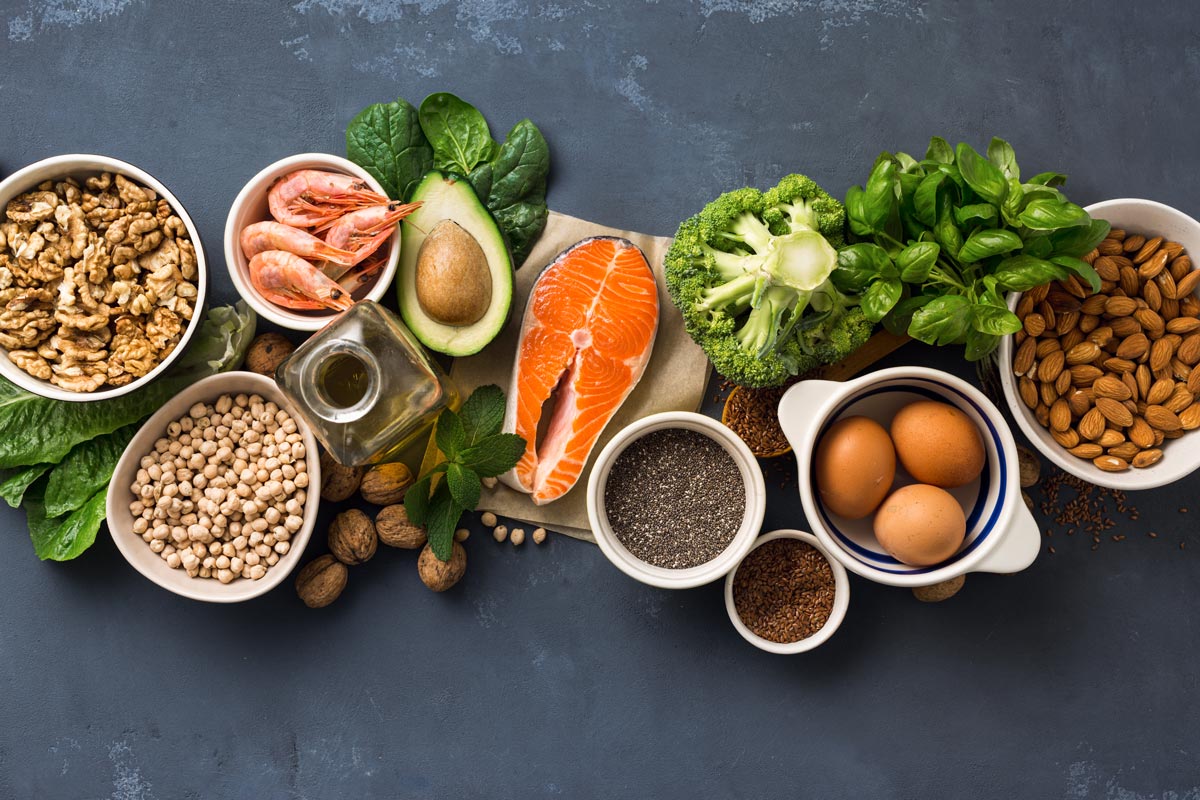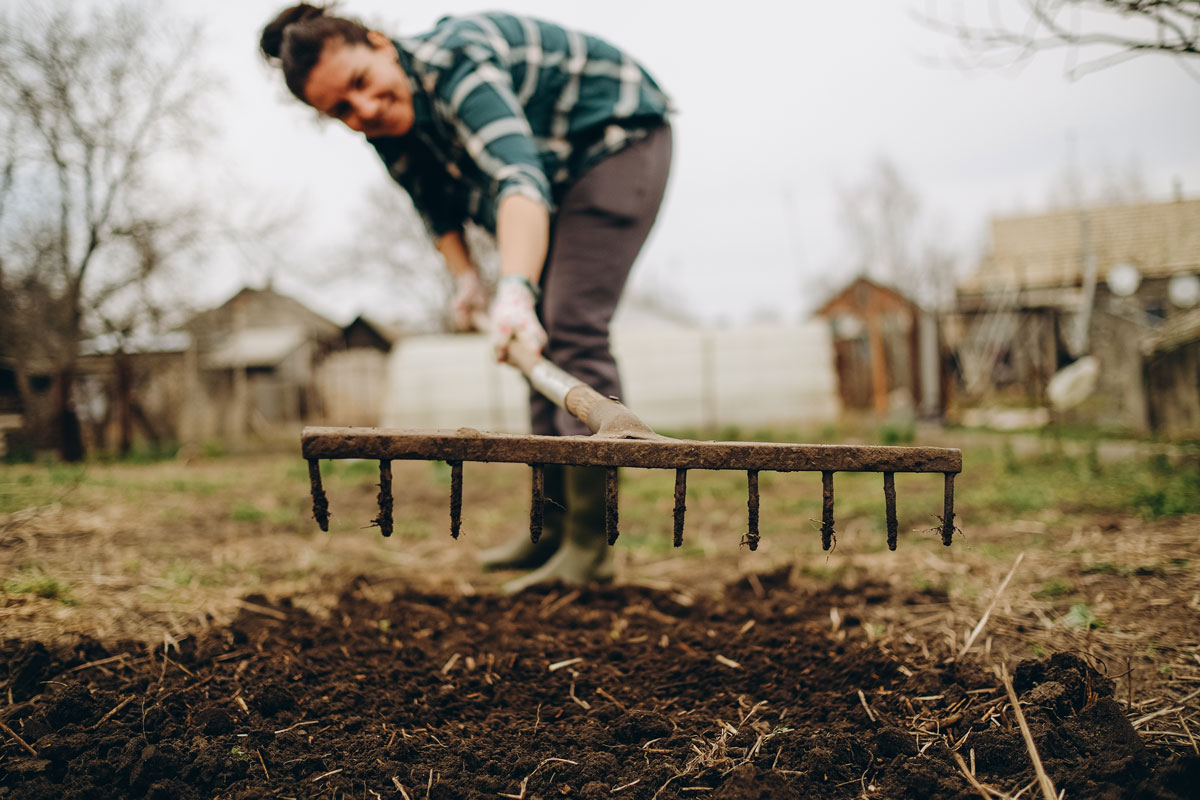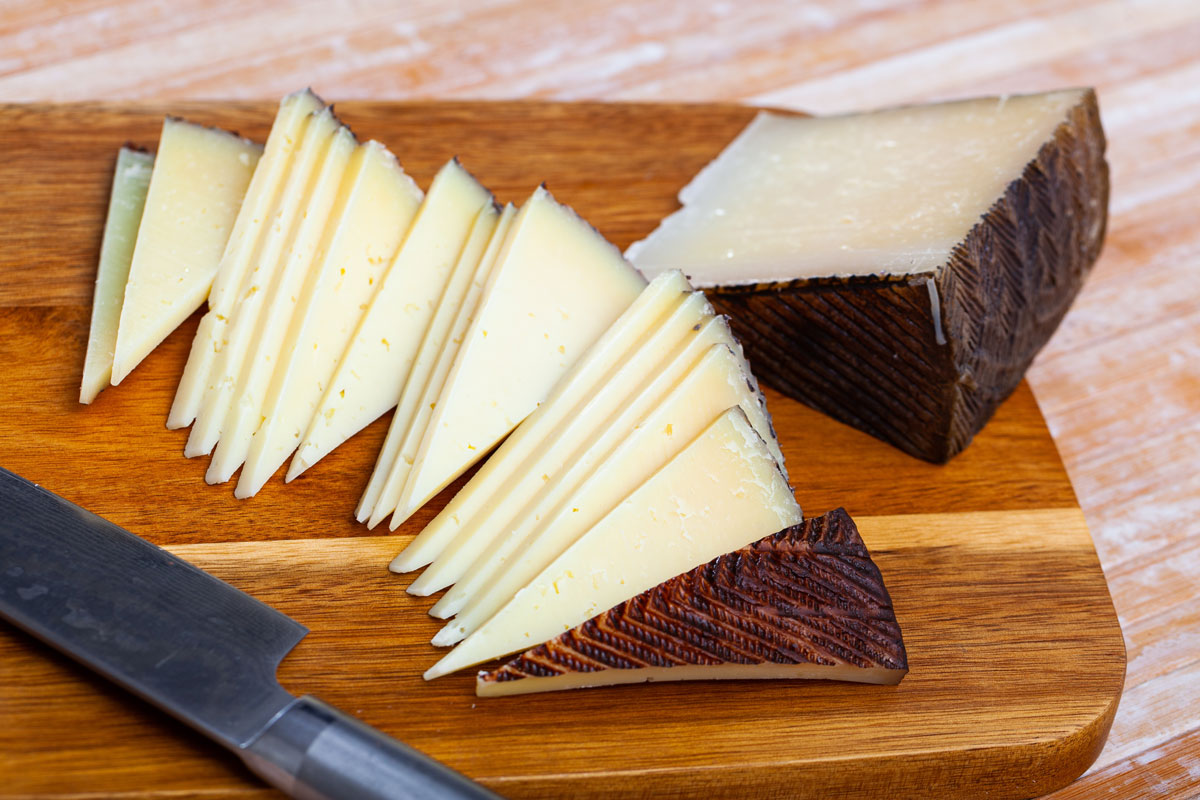Muffaletta-Style Olive Salad Recipe, Spotlight on Anchovies, Roasting Bell Peppers, Napping: A Sleep-Cycle Foe and Walk This Way
One of the classic New Orleans specialties, muffaletta, is a delectable mix of meats and cheeses served on crusty bread. But its uniqueness comes from the olive salad that fills the hollowed-out top half of the loaf. I always make more than I need because it’s such a tasty condiment, as well as a great topping for grilled bread slices, a wonderful dressing for green salads, and a “sauce” for grilled fish, chicken, and other proteins.
Most people don’t realize that good sleep is one of the building blocks of health and fitness or that an innocent nap can be a roadblock to restorative ZZZs. Even more important, needing to nap often can be a sign of a health condition. Something else important for wellness is good posture—remember Mom always telling you to stand up straight? Scientists have developed special shoe sensors that may soon help you follow her directive more easily!
Muffaletta-Style Olive Salad
 Muffaletta-Style Olive Salad
Muffaletta-Style Olive SaladThis flavorful mix of peppers, olives, and onions defines the muffaletta sandwich—you can choose a mix of your favorite meats and cheeses, like capicola, prosciutto, salami, mozzarella, and provolone, but don’t leave off the olive salad! A batch will stay fresh in the fridge for about a week.
Ingredients
- 1 small red onion, peeled and quartered
- 1 cup pitted kalamata olives
- 1 cup pitted Castelvetrano olives
- 2 cups frozen artichoke hearts, thawed
- 8 Italian hot peppers
- 1 large red bell pepper, roasted and seeded (see “Quick Kitchen Nugget” in weekly newsletter)
- 6 tablespoons capers, drained
- 4 anchovy fillets or 1 tablespoon anchovy paste
- 1 tablespoon dried oregano
- 1 teaspoon crushed red pepper flakes
- 1/4 cup extra virgin olive oil
- 1/4 cup best-quality red wine vinegar
Directions
Step 1
To the bowl of a large food processor add the onions, olives, and artichokes and pulse until coarsely chopped. Add in the hot peppers, bell pepper, capers, anchovies, oregano, and red pepper flakes and pulse again until finely chopped (don’t let the mixture turn into a paste).
Step 2
Transfer to a large bowl and fold in the olive oil and vinegar. Let sit for 30 minutes so that the flavors can meld before using or refrigerating.
Yields about 4 cups

Healthy Ingredient Spotlight
Anchovies
Anchovies might be the least-appreciated fish among Americans. An essential flavoring agent for dishes such as Caesar salad and puttanesca sauce, anchovies are typically sold here jarred or canned. They’re used in many cuisines, but around the Mediterranean, grilled or breaded fresh anchovies, briny yet mild tasting, are often on the menu.
It’s the salt curing used to preserve anchovies that intensifies their taste—their saltiness lends depth of flavor to cooked dishes without imparting the full-throated taste of an anchovy eaten right out of the can or jar. Indeed, they quickly dissolve right into the other ingredients. Look for tins of anchovies from Italy. If they are packed in olive oil, drain them well before using.

Quick Kitchen Nugget
Roasting Bell Peppers
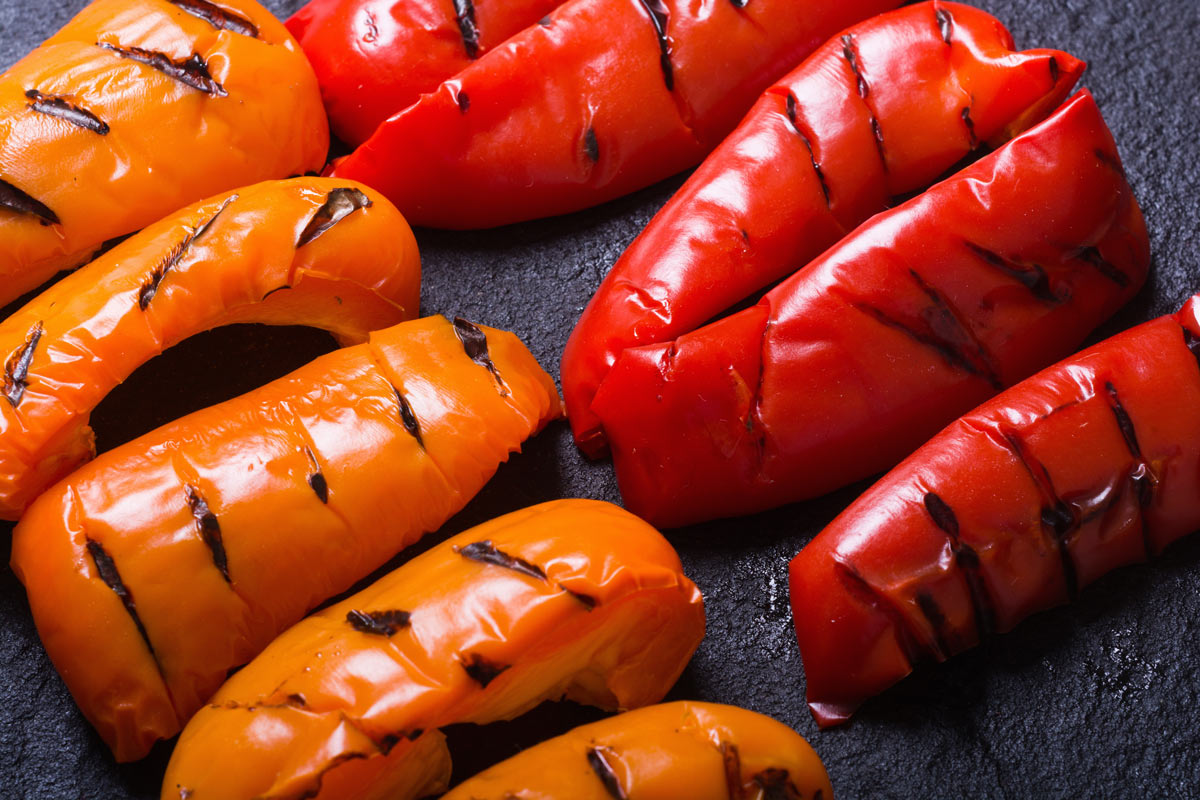
Whenever I’ve got my outdoor grill going, I’ll throw on two or three bell peppers, char them well, then peel, deseed, and store them in olive oil in the fridge to use for the coming week. When you need a roasted pepper without turning on the grill, the oven is the way to go. Here’s how.
Preheat your oven to 400°F. Grab a rimmed sheet pan and line it with high-heat parchment paper (it will be marked as safe to use up to 400°F or higher). Place one or more bell peppers on their sides and lightly drizzle with olive oil. Roast for 20 minutes, flip, and roast for another 20 minutes, or until the skin chars and wrinkles. Take them out of the oven and, with your oven mitts still on, fold up the parchment to make a packet that seals in the peppers. This creates steam, which will make it easy to peel off the skins. Wait 15 minutes, then unwrap the parchment and remove the skins. Transfer the peppers to a cutting board, halve them, cut out the stems, and use a spoon to remove the seeds.

For Your Best Health
Napping: A Sleep-Cycle Foe

According to a Pew Research Center survey, about 30% of American adults take one or more naps per week, with more than 50% of adults age 80 and older reporting that they had napped in the past day. Among every other age group in the survey, including both young people ages 18 to 29 and older people ages 70 to 79, about a third said they napped in the past 24 hours.
But is all the snoozing good for you? Maria V. Suurna, MD, professor of clinical otolaryngology at the University of Miami Miller School of Medicine and director of sleep surgery at UHealth, the University of Miami Health System, set the record straight on the pros and cons of napping.
“Short naps of no more than 30 minutes during the day can help restore alertness and productivity, making you feel more awake. It’s similar to the effect of drinking a cup of coffee. There’s nothing wrong with taking a nap, but it’s important not to make it too long. It may be helpful to set an alarm for 30 minutes, especially if it’s late in the afternoon, to avoid interfering with your nighttime sleep,” said Dr. Suurna. “If you have trouble sleeping at night, it’s generally not recommended to nap during the day, as it can make it harder to fall asleep and get a full 7-9 hours of sleep at night.
“If you feel excessively sleepy during the day, often falling asleep during meetings or, more dangerously, while driving, it’s important to consult a sleep doctor. Needing to take multiple naps throughout the day could be a sign of sleep problems such as sleep apnea, hypersomnolence, or other sleep disorders. A medical evaluation can help identify and address any underlying issues,” she added.
As a reminder, you may be able to boost nighttime sleep quality with these good sleep habits:
- Review your medications with your doctor, as some may have sedating side effects while others may act as stimulants, making it harder to stay asleep.
- Go to bed and wake up at the same time every day.
- Avoid electronics, TV, and other screens starting at least 30 minutes before bedtime.
- Reduce exposure to bright lights in the evening.
- Keep your bedroom cool, dark, and quiet.
- Avoid alcohol and caffeine starting in the early afternoon, as they can interfere with sleep quality and contribute to insomnia.

Fitness Flash
Walk This Way
A new smart insole system that monitors how people walk in real time could help improve posture and provide early warnings for conditions from plantar fasciitis to Parkinson’s disease, according to a study published in the journal Science Advances. Constructed using 22 small pressure sensors and fueled by small solar panels on the tops of shoes, the system offers real-time health tracking based on how a person walks, which is a biomechanical process as unique as a human fingerprint.
This data can then be transmitted via Bluetooth to a smartphone for a quick and detailed analysis, said Jinghua Li, PhD, co-author of the study and an assistant professor of materials science and engineering at The Ohio State University. “Our bodies carry lots of useful information that we’re not even aware of,” said Dr. Li. “These statuses also change over time, so it’s our goal to use electronics to extract and decode those signals to encourage better self-healthcare checks.”
It’s estimated that at least 7% of Americans suffer from ambulatory difficulties, often having a hard time with basic activities that include walking, running, and climbing stairs. While efforts to manufacture a wearable insole-based pressure system have risen in popularity in recent years, many previous prototypes were met with energy limitations and unstable performances. To overcome the challenges of their precursors, Dr. Li and Qi Wang, the lead author of the study and a current PhD candidate at Ohio State, sought to ensure that their wearable is durable, has a high degree of precision when collecting and analyzing data, and can provide consistent and reliable power.
“Our device is innovative in terms of high resolution, spatial sensing, self-powering capability, and its ability to combine with machine learning algorithms,” she said. “So, we feel like this research can go further based on the pioneering successes of this field.”
Their system is also unique because of its use of AI. Thanks to an advanced machine learning model, the wearable can recognize eight different motion states, from static ones like sitting and standing to more dynamic movements such as running and squatting. Since the materials used for the insoles are flexible and safe, the device, much like a smartwatch, is low risk and appropriate for continuous use. For instance, after the solar cells convert sunlight to energy, that power is stored in tiny lithium batteries that don’t harm the user or affect daily activities.
Because of the distribution of sensors from toe to heel, the researchers could see how the pressure on parts of the foot is different in activities such as walking versus running. During walking, pressure is applied sequentially from the heel to the toes, whereas during running, almost all sensors are subjected to pressure simultaneously. In addition, during walking, the pressure application time accounts for about half of the total time, while during running, it accounts for only about a quarter.
The smart insoles could support gait analysis to detect early abnormalities associated with foot pressure-related conditions like diabetic foot ulcers, musculoskeletal disorders such as plantar fasciitis, and neurological conditions such as Parkinson’s disease.
Because the system uses machine learning to learn and classify different types of motion, it offers opportunities for personalized health management, including real-time posture correction, injury prevention, and rehabilitation monitoring. Customized fitness training may also be a future use, the researchers said. “The interface is flexible and quite thin, so even during repetitive deformation, it can remain functional,” said Dr. Li. “The combination of the software and hardware means it isn’t as limited.”
Researchers expect the technology will likely be available commercially within the next three to five years. Next steps to advance the work will be aimed at improving the system’s gesture recognition abilities, which, according to Dr. Li, will likely be helped with further testing on more diverse populations. “We have so many variations among individuals, so demonstrating and training these fantastic capabilities on different populations is something we need to give further attention to,” she said.
Get More Recipes In Your Inbox!

